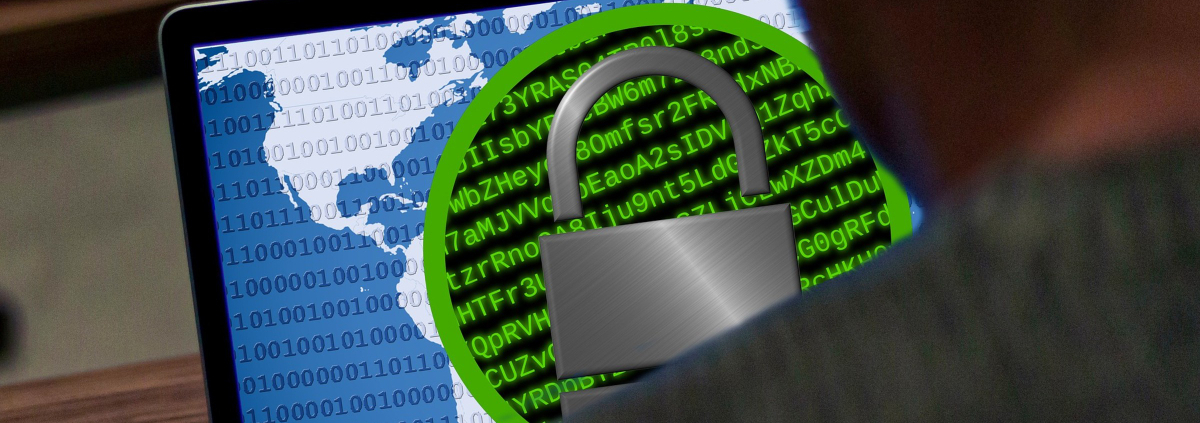A study by security firm ‘Proofpoint’ has revealed that 82 per cent of UK organisations whose systems were infected by ransomware in 2021 opted to pay the ransom.
Much Higher Than The Global Average
Despite cybersecurity and government agencies warning against paying, Proofpoint’s ‘2022 State of the Phish’ report states that this UK figure for 2021 is the highest in any region surveyed and is 40 per cent higher than the global average.
Phishing Attacks & Ransomware
Phishing attacks are one of the main ways that criminals deliver ransomware (and other malware) or direct victims to a site where they download the ramsomware that allows criminals to access their networks. Proofpoint’s report showed that more than three-quarters of organisations (78 per cent) saw email-based ransomware attacks in 2021 and 91 per cent of UK organisations reported facing bulk phishing attacks in 2021. In fact, In the first three quarters of 2021, 15 million phishing messages with malware payloads were linked to later stage ransomware. For example, these malware families included Dridex, The Trick, Emotet, Qbot, and Bazaloader.
Why Not Pay?
The National Cyber Security Centre (NCSC) states that “even if you pay the ransom, there is no guarantee that you will get access to your computer, or your files” and that “occasionally malware is presented as ransomware, but after the ransom is paid the files are not decrypted. This is known as wiper malware.”
Also, organisations that pay the ransom will still have infected computers, will be paying criminal groups allowing them to continue and bring suffering to others, and it makes organisations that are known to pay to be more likely to be targeted in the future.
What Does The Survey Say Happened To Those Who Paid?
As the Proofpoint study showed, 60 per cent of organisations chose to at least negotiate with the attackers, and 82 per cent paid. However, despite advice against paying, only 4 per cent of those organisations who paid a ransom were unable to retrieve their data. This is likely to be either because the key didn’t work properly, or the attackers had simply made off with the money.
Is No Backup A Reason To Pay The Ransom?
It would seem logical that a lack of an effective back up may be a reason why organisations would pay a ransom. A report by cyber security company Emsisoft (2020), however, showed that some victims of attacks have been capable of restoring their networks from backups but have still opted to pay the ransom.
It should also be noted that one tactic that ransomware attackers often use is to threaten to publish an organisation’s data if the ransom isn’t paid.
Protecting Your Business From Ransomware Attacks
Ways in which businesses can protect themselves from falling victim to ransomware attacks include:
- Educating staff about the risk of phishing emails and emails carrying malware, how to spot phishing/suspicious emails, and to never open emails that appear suspicious.
- Make regular backups of the most important files, keep them off-site (e.g., the cloud) and make multiple copies of files using different backup solutions.
- Make sure that the devices containing the backup are not permanently connected to the network, scan backups for malware before files are restored, and regularly patch products used for backup.
- Stop malicious content reaching company devices – e.g. by filtering to only allow file types you would expect to receive, blocking websites known to be malicious, actively inspecting content, and using signatures to block known malicious code.
- Prevent attacks via Remote Desktop Protocol (RDP), or unpatched remote access devices by disabling RDP if it’s not needed, enabling MFA at all remote access points into the network, using a VPN, and patching known vulnerabilities in all remote access and external facing devices.
- Prevent malware running on devices – e.g. by centrally managing devices to only allow trusted apps and disabling or constraining scripting environments and macros.
- Plug vulnerabilities in devices – e.g. by installing security updates as soon they are available and enabling automatic updates for operating systems, applications and firmware.
What Does This Mean For Your Business?
Making sure there are strong security measures in place (particularly where email is concerned) and checking data is definitely being backed up securely on a regular basis (and that it is accessible when needed) can help towards effective ransomware protection. Attackers can pressurise businesses into paying (e.g. by threatening to destroy and/or publish data), and an attack may simply come at a bad time for a business where a long disruption could seem less costly than paying. The fact is, however, that paying may not guarantee the return of data and may make a business more likely to be attacked again because they paid. Ultimately, businesses will, as the stats show, make their own decisions, but by their very nature, attackers can’t be trusted and paying now could lead to even bigger problems later, and will fuel the continuing cycle of attacks for others too.
If you would like to discuss your technology requirements please:
- Email: hello@gmal.co.uk
- Visit our contact us page
- Or call 020 8778 7759
Back to Tech News



